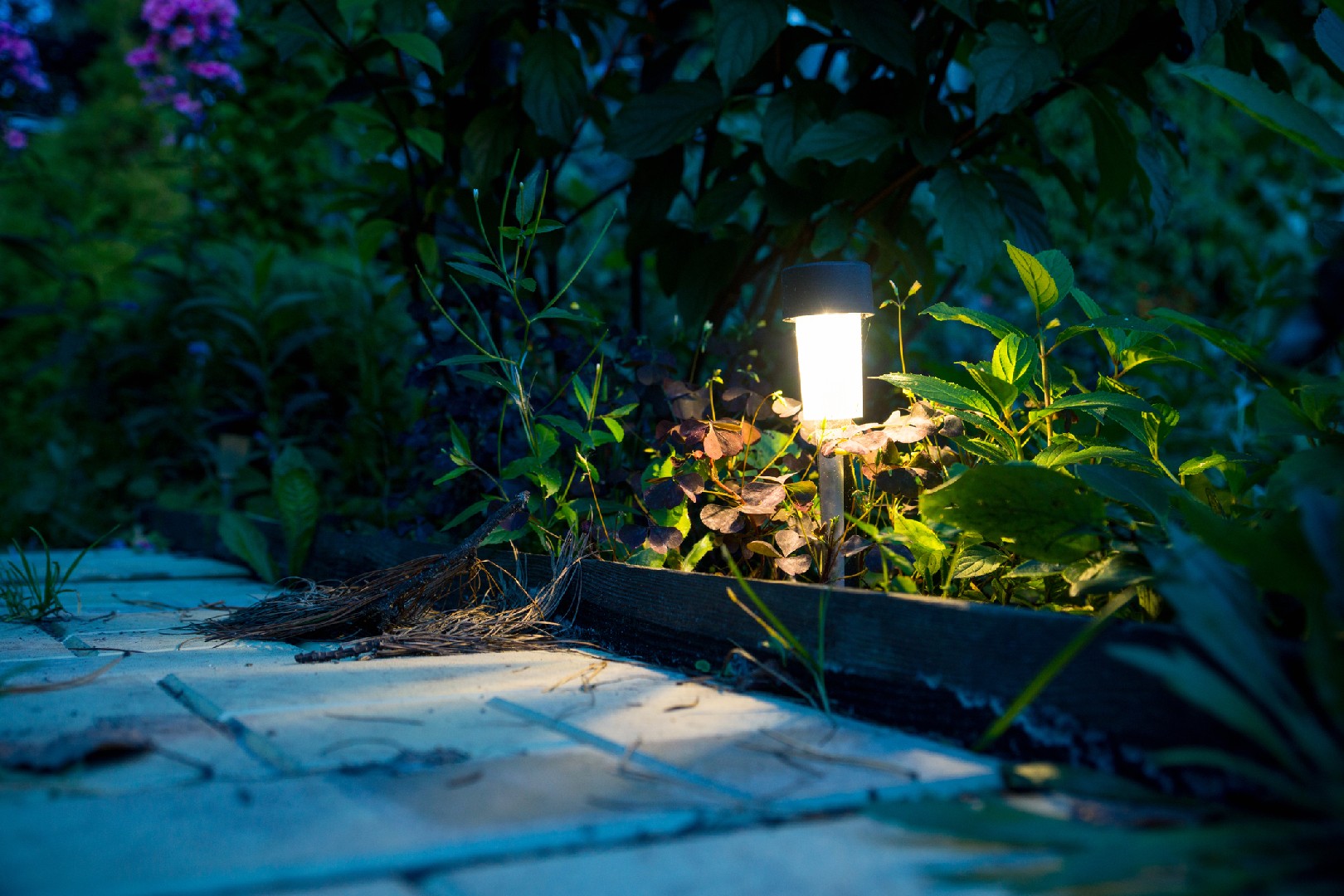![Rectangle]()
The Impact of Garden Lighting on Local Wildlife
Garden lighting not only illuminates our outdoor spaces but also has a significant impact on the local wildlife. The light from gardens can disrupt the natural behavior and habits of various species, leading to potential ecological imbalances. It is crucial to understand the implications of garden lighting on wildlife and take necessary measures to mitigate its negative effects.
One of the key issues with garden lighting is the disturbance it causes to nocturnal animals. Many species, such as bats, owls, and moths, are active during the night and heavily rely on darkness for hunting, navigation, and mating. Artificial lights can disorient these creatures, making it difficult for them to find food, avoid predators, or locate suitable mates. The disruption of their natural patterns can have severe consequences on their reproductive success and overall population dynamics.
To address this, there are several methods that eco-conscious gardeners can employ to minimize the impact of lighting on nocturnal wildlife. One effective approach is to use motion-activated or sensor-controlled lights that only turn on when there is movement in the area. This way, the lights are only activated when necessary, reducing unnecessary light pollution and avoiding constant disturbance to nocturnal animals.
Another essential consideration is the type of lighting used in gardens. Traditional incandescent or halogen bulbs emit a bright, white light that can be particularly disruptive to wildlife. Opting for eco-friendly alternatives such as low-intensity LED lights can significantly reduce the negative impact on nocturnal species. LED lights emit a softer and warmer illumination, mimicking natural moonlight, which is less likely to disorient or disturb wildlife.
Additionally, the placement and positioning of garden lights can play a crucial role in minimizing their impact on local wildlife. Directing lights downward and using shields or hoods to prevent light from spreading too far can help to confine the illumination to specific areas and reduce light pollution. This way, the lighting will be more focused on human activities while minimizing the disturbance to surrounding wildlife habitats.
Highlighting the consequences of light pollution on wildlife can also raise awareness among the general public. By sharing case studies where light pollution has contributed to habitat loss or affected endangered species, it creates a sense of urgency and encourages individuals to take action. People can make a difference by using eco-friendly lighting in their own gardens, advocating for dark sky policies in their communities, and supporting organizations that work towards reducing light pollution.
In conclusion, garden lighting can have a significant impact on local wildlife, especially nocturnal species. Understanding the implications and taking practical steps to minimize light pollution is vital for maintaining a healthy and balanced ecosystem. By employing methods such as motion-activated lights, using eco-friendly bulbs, and strategic placement, we can enjoy our illuminated gardens while ensuring the well-being of the wildlife that calls it home. Let us embrace an eco-conscious approach to garden lighting and create a harmonious coexistence with nature.





